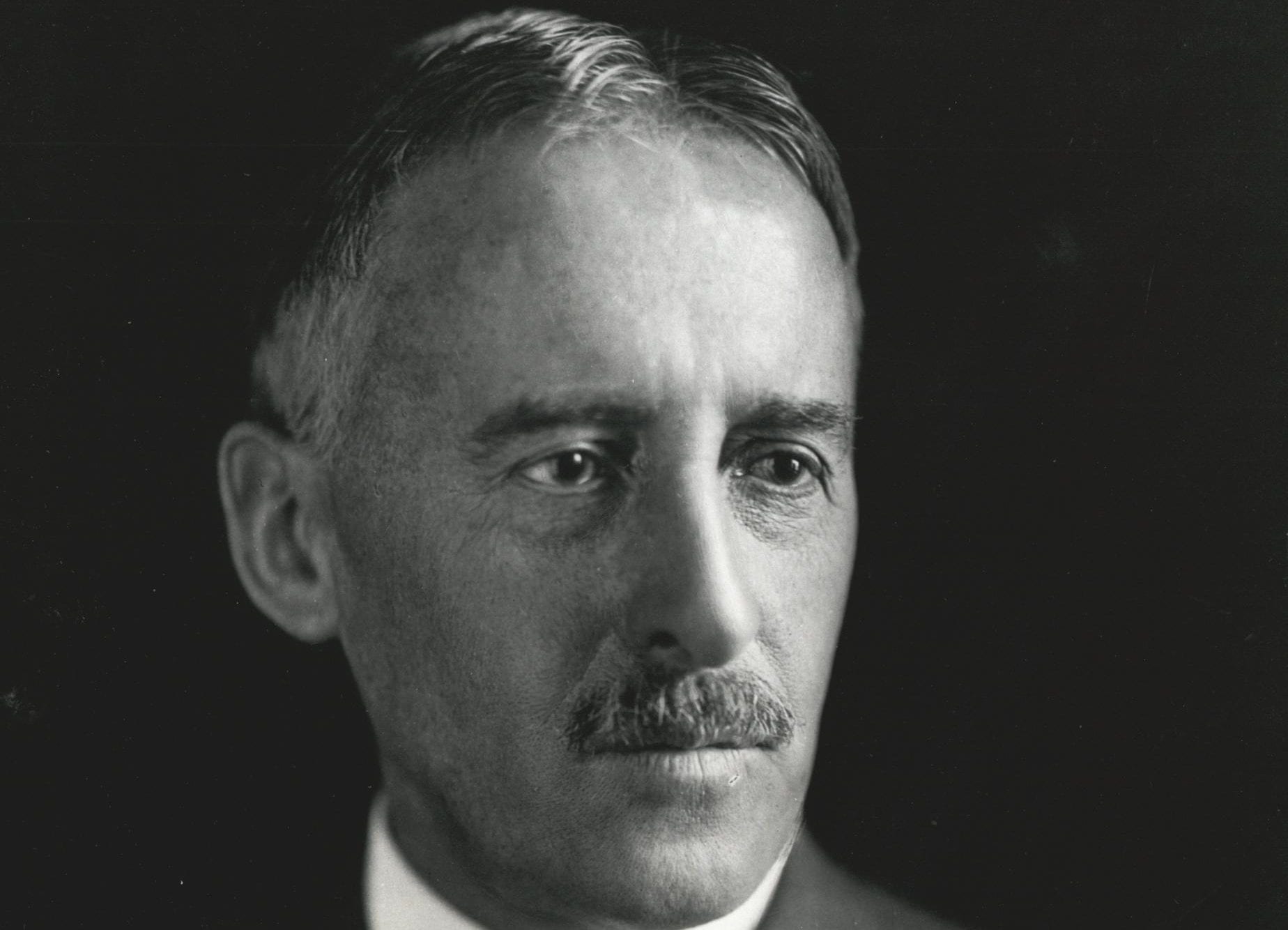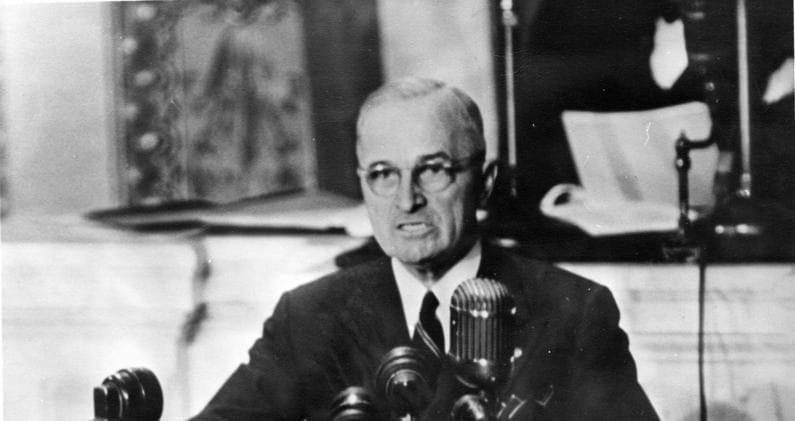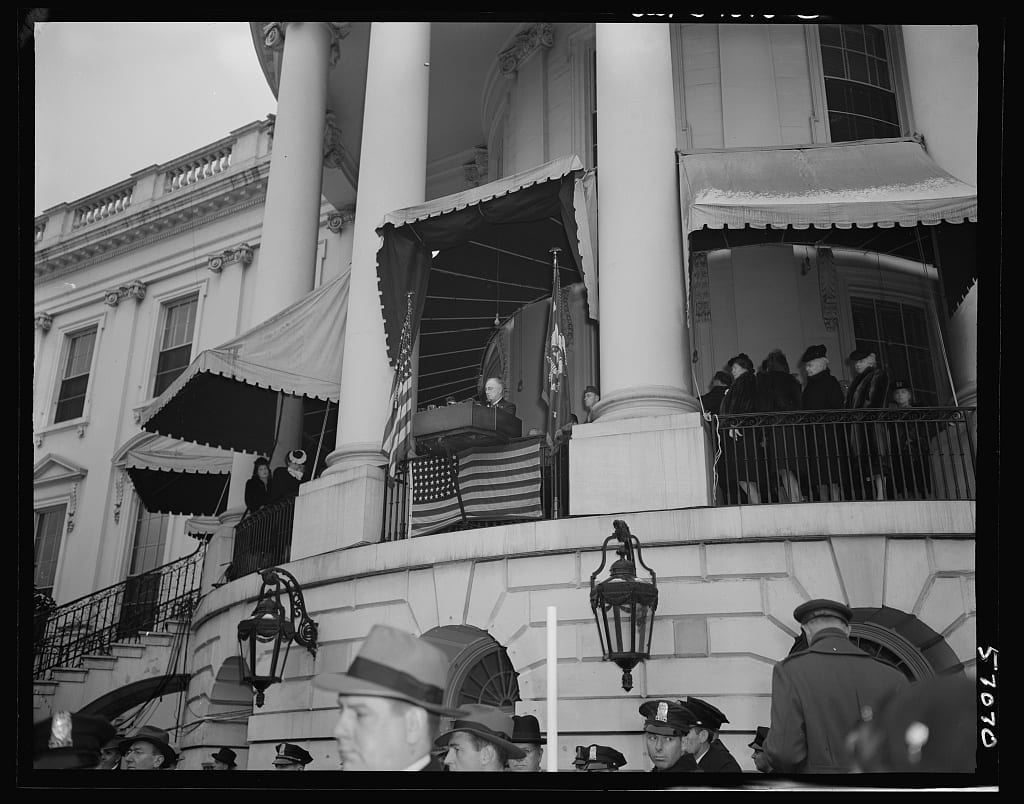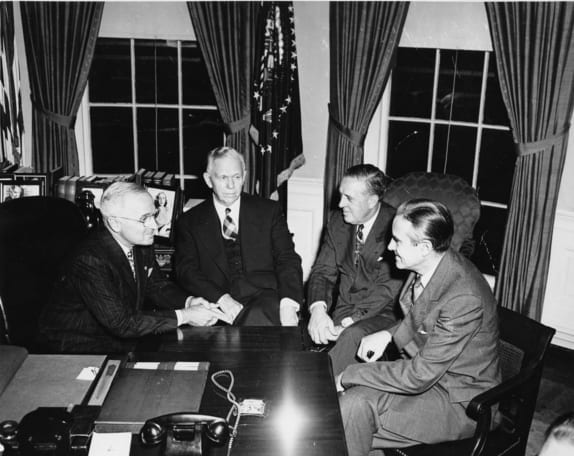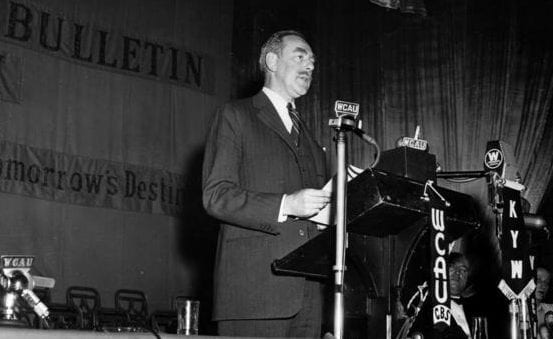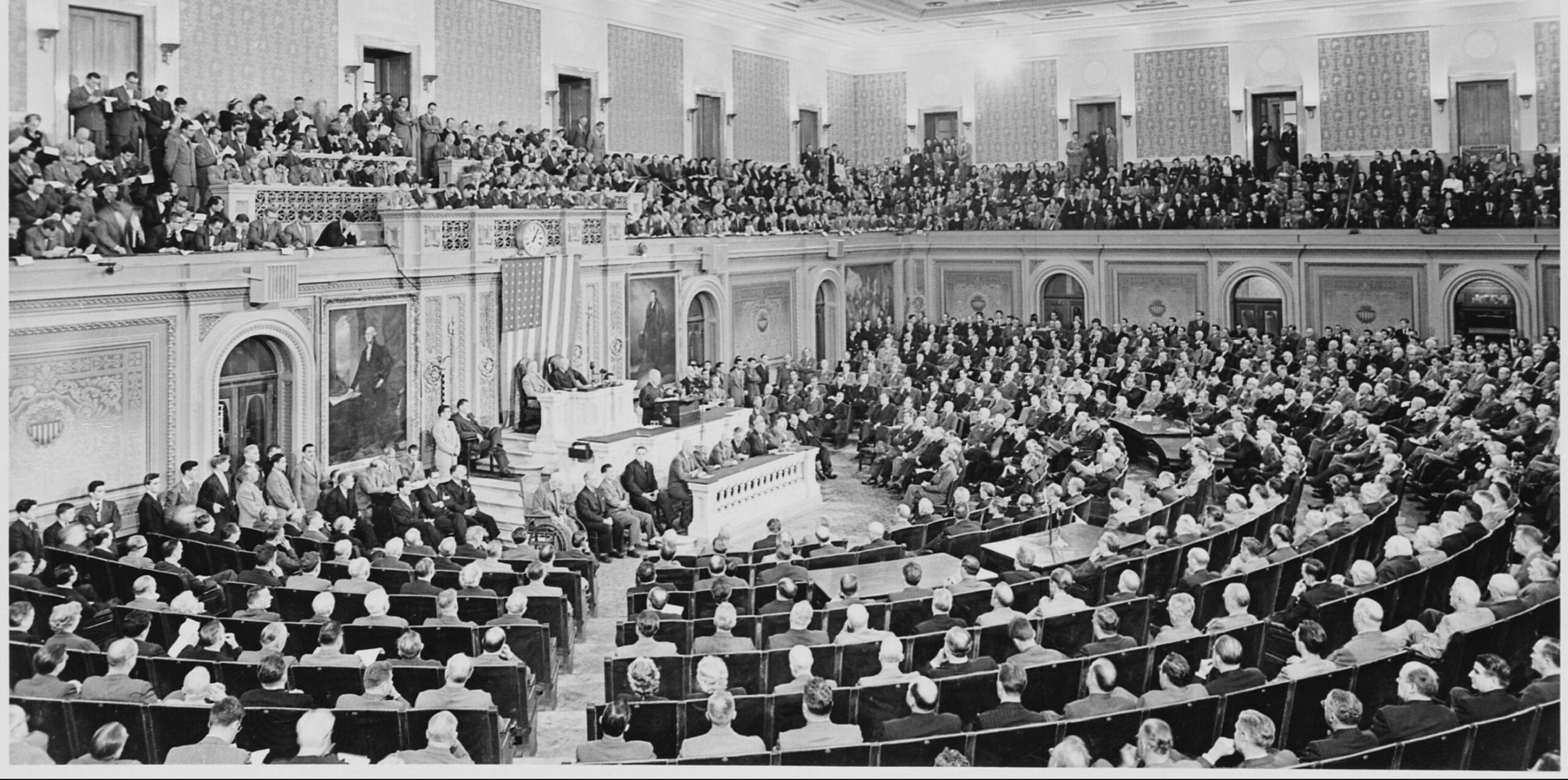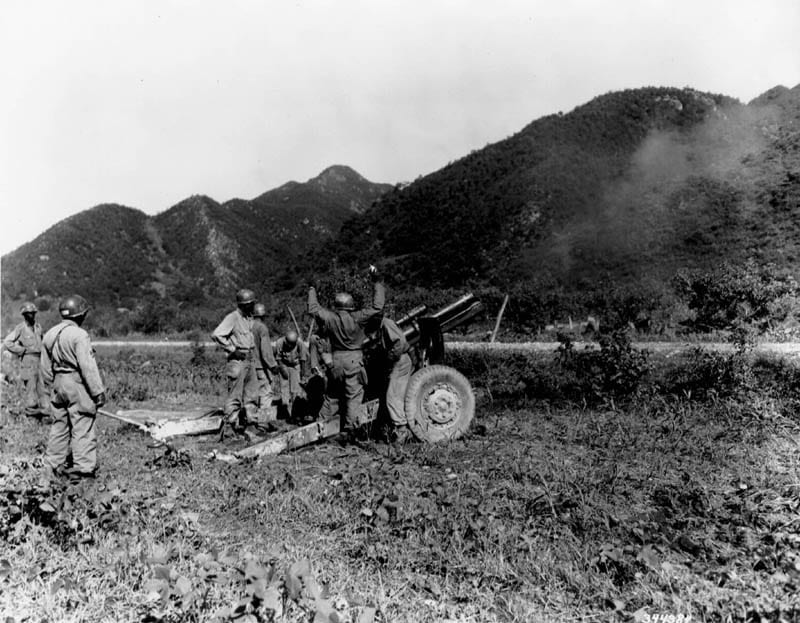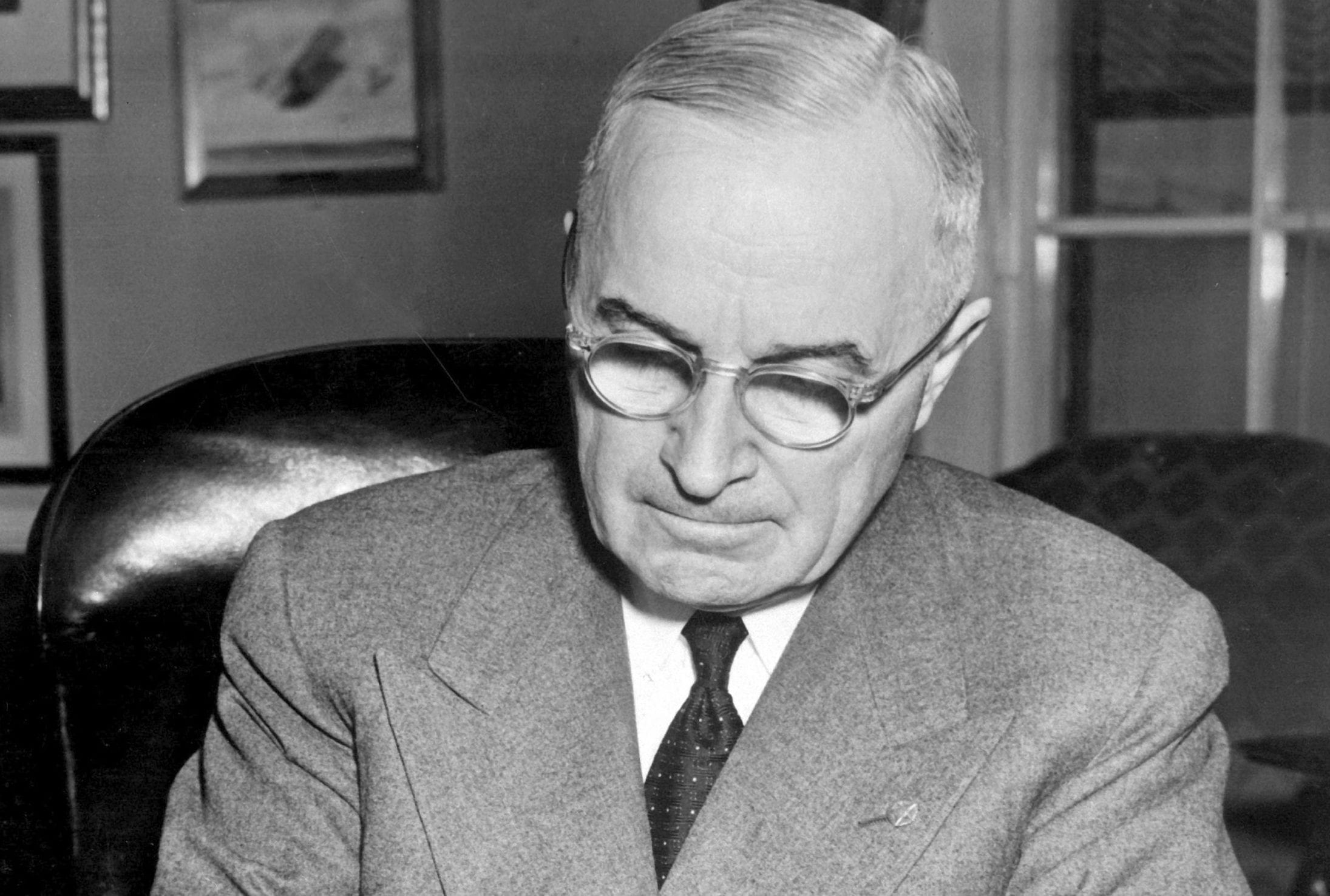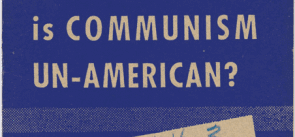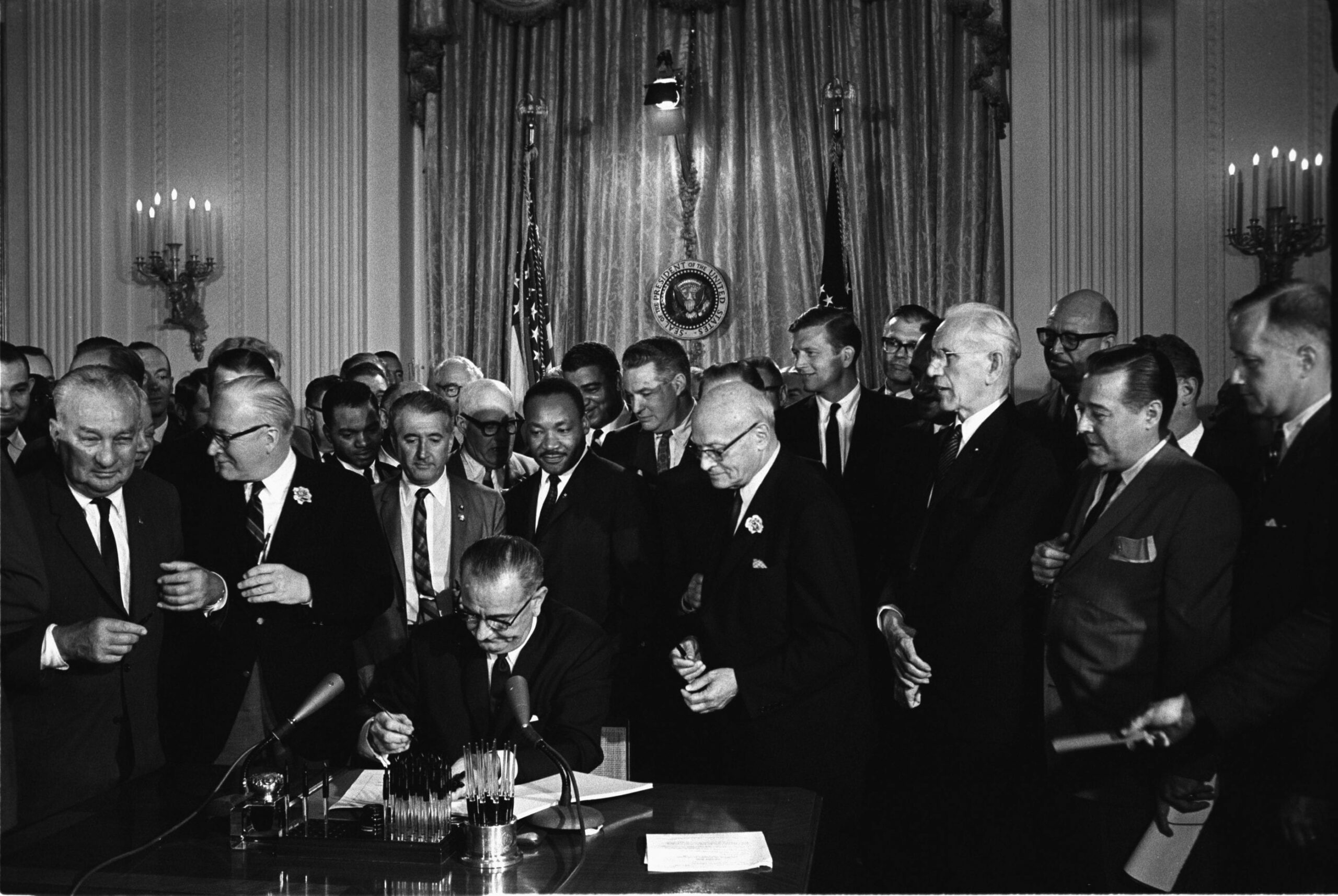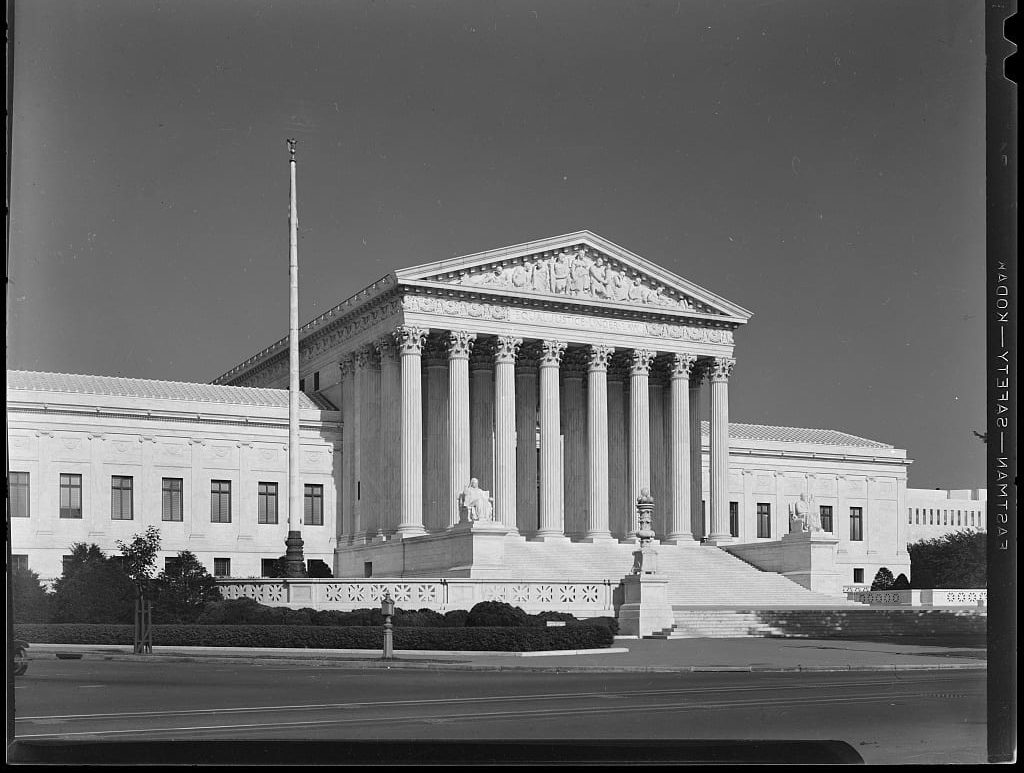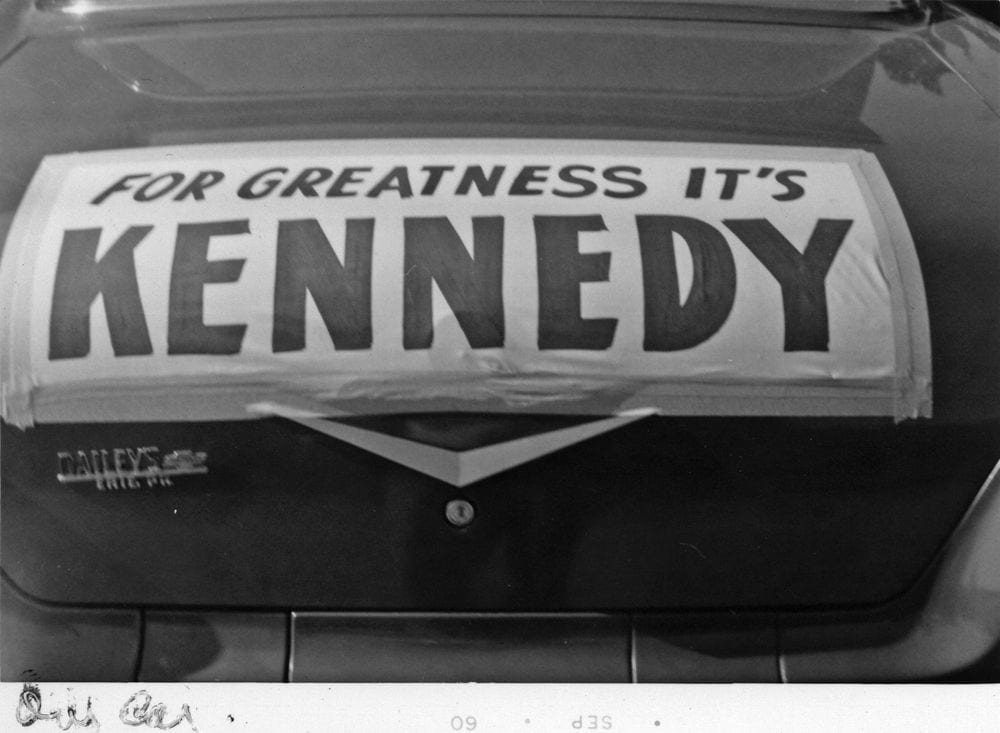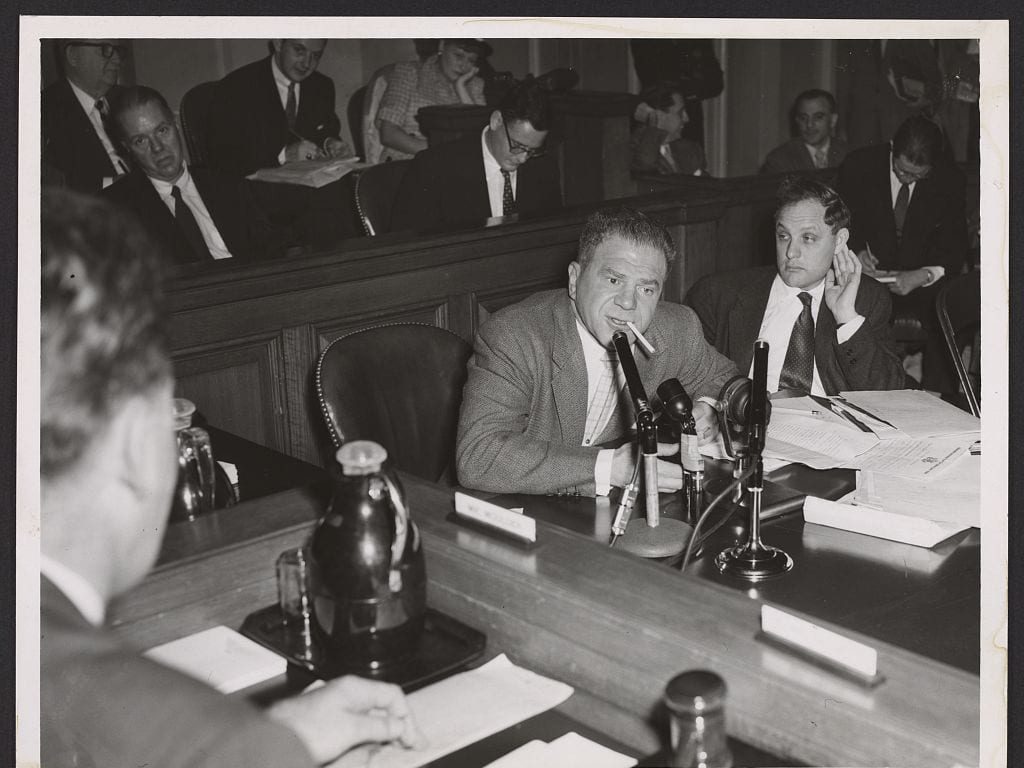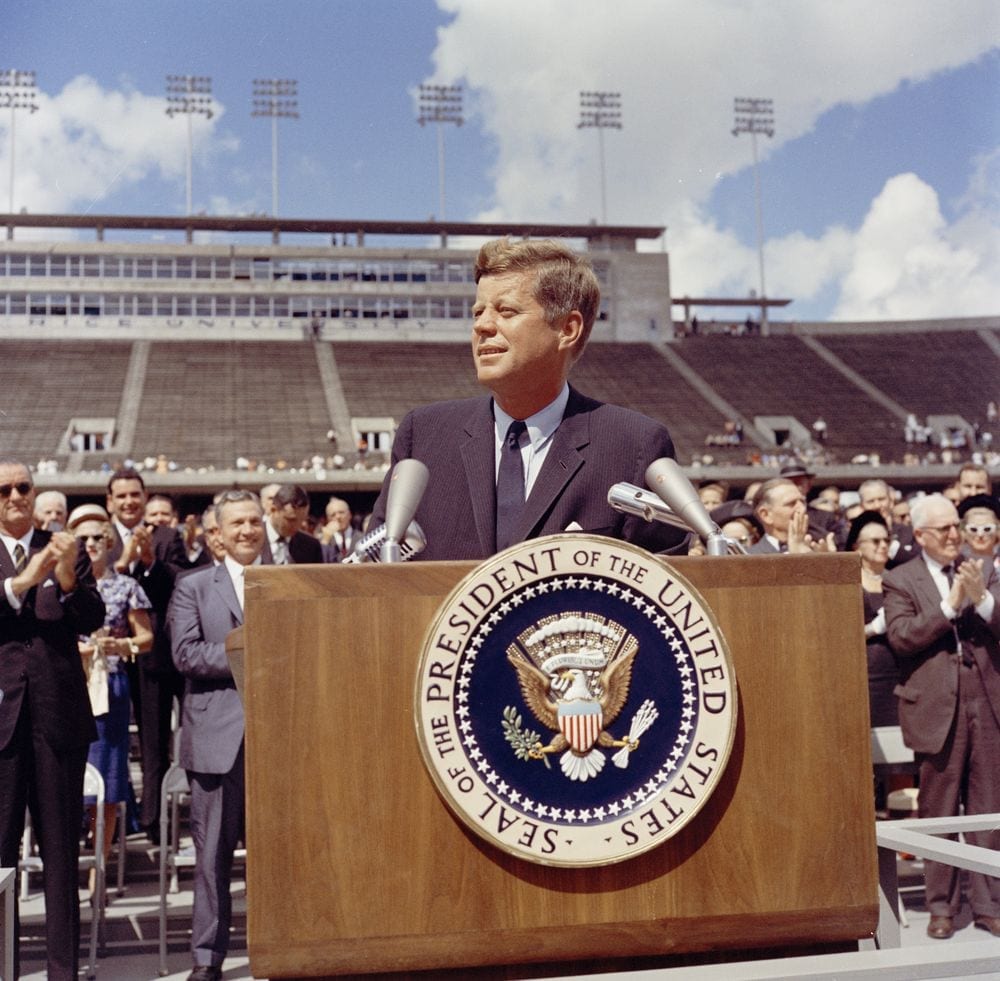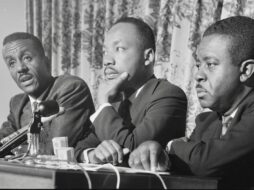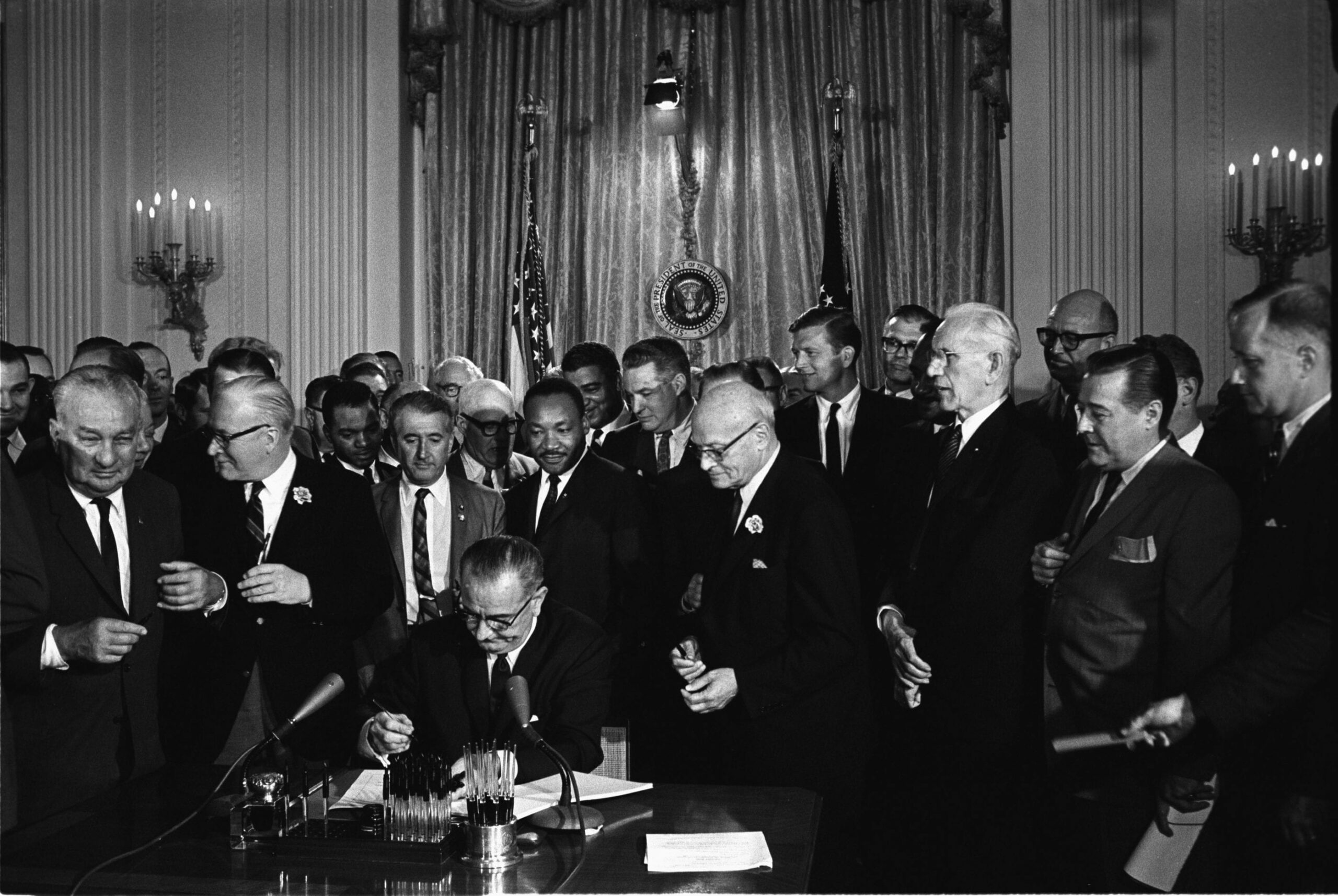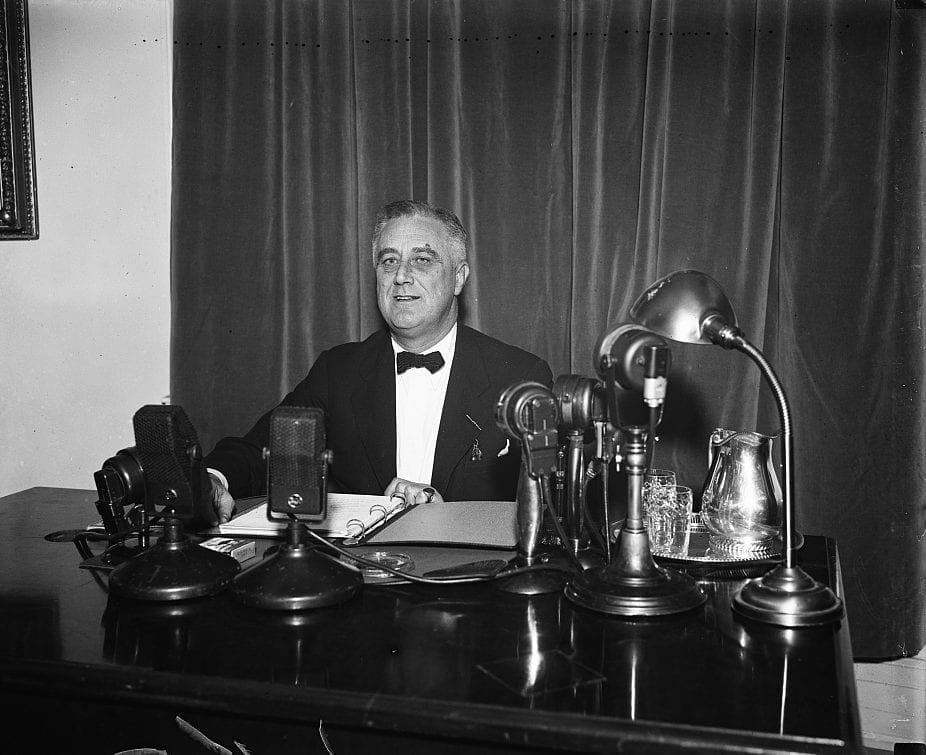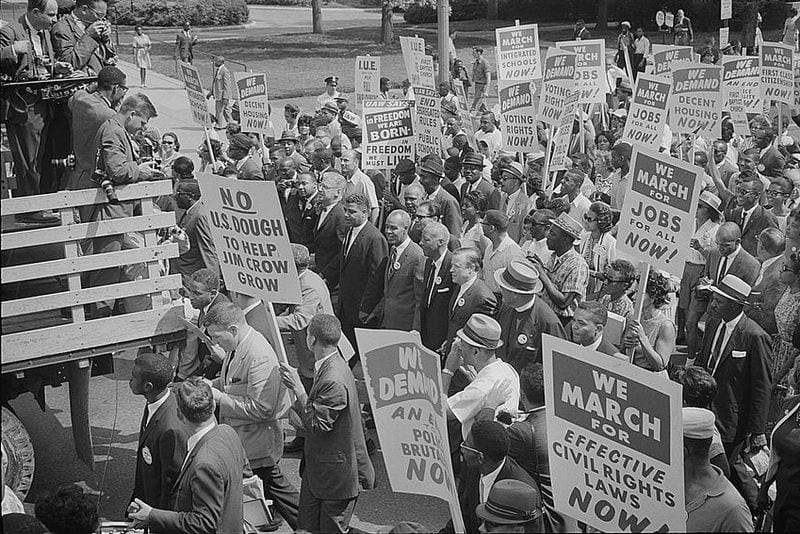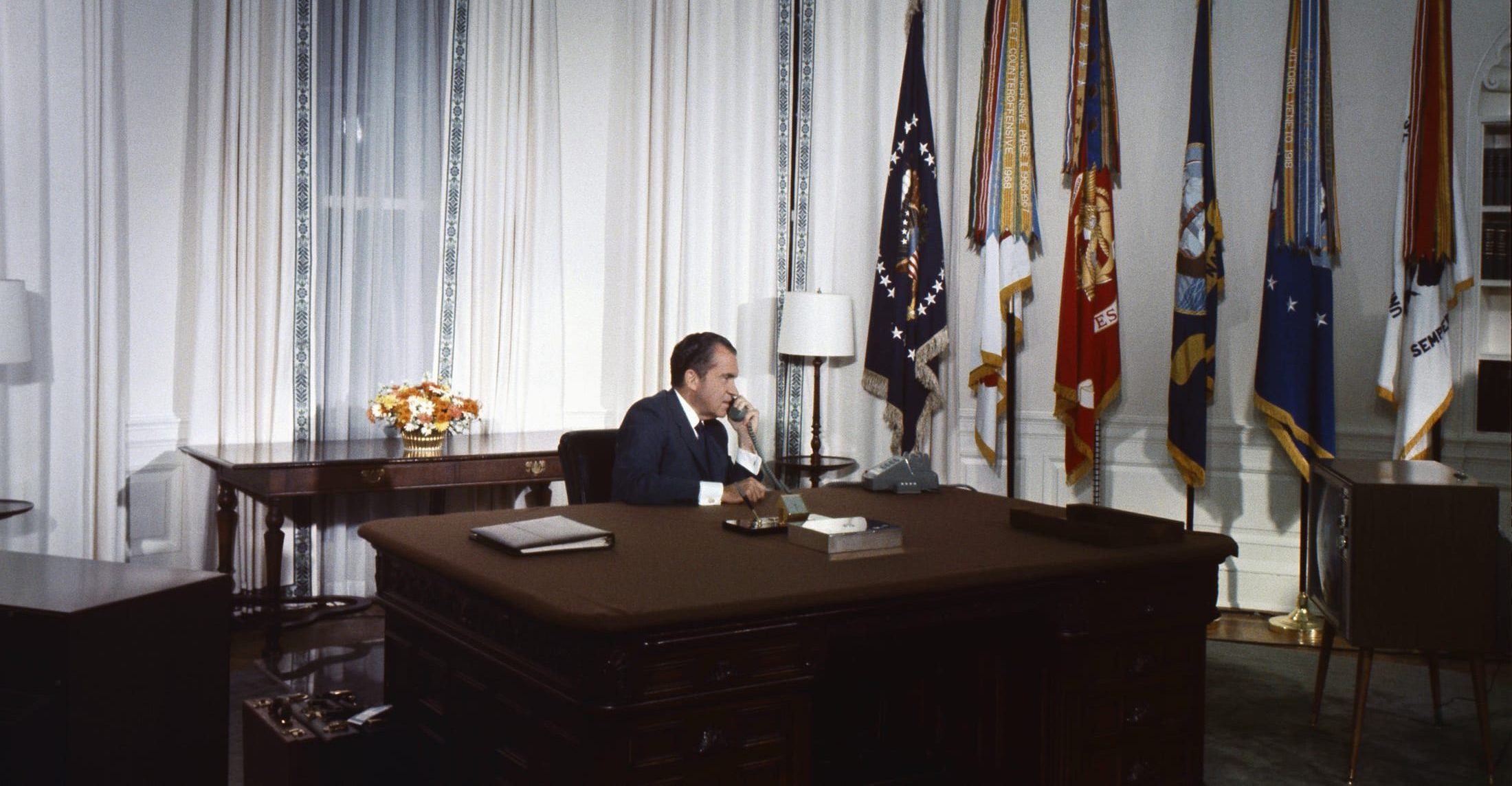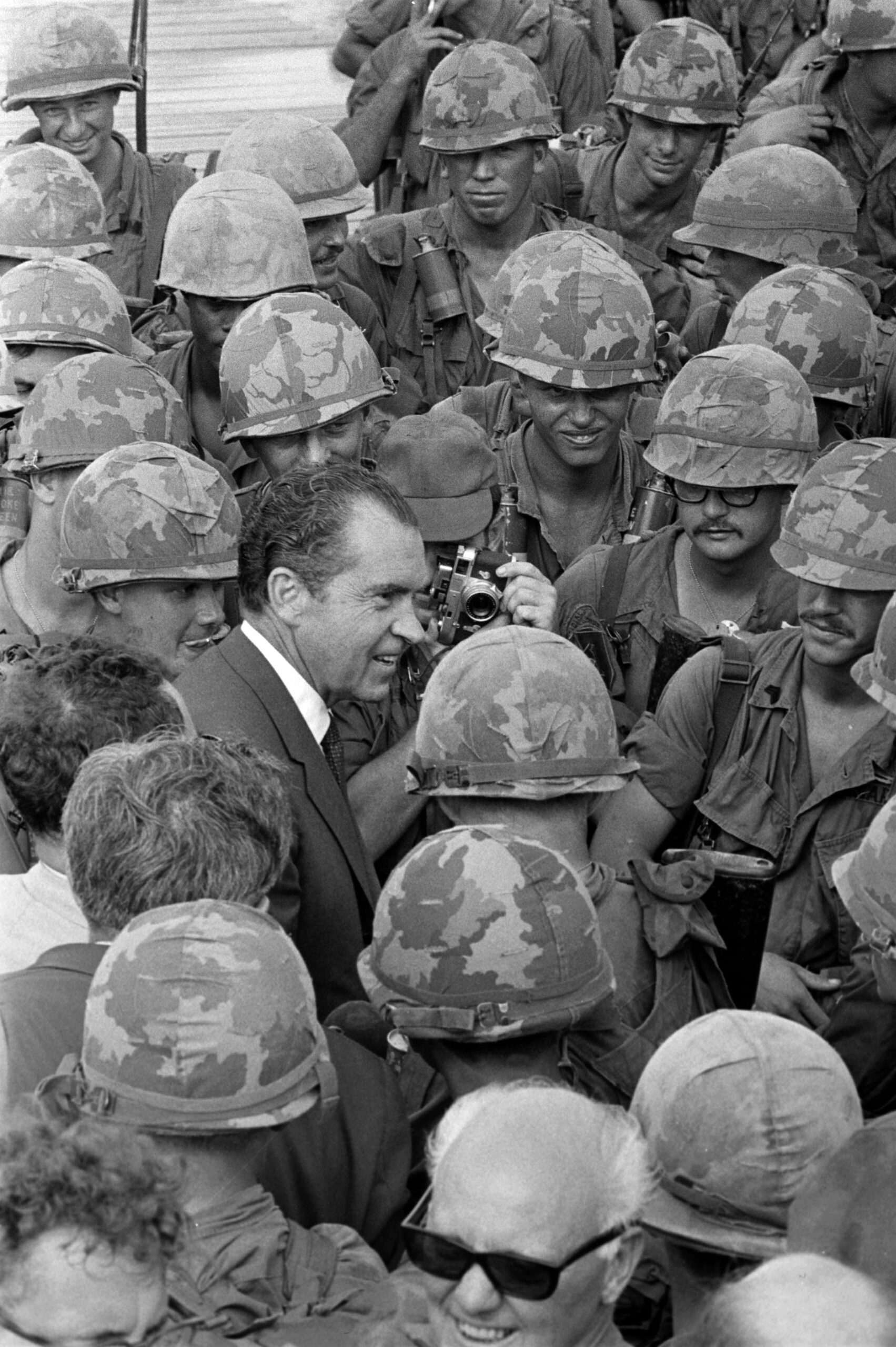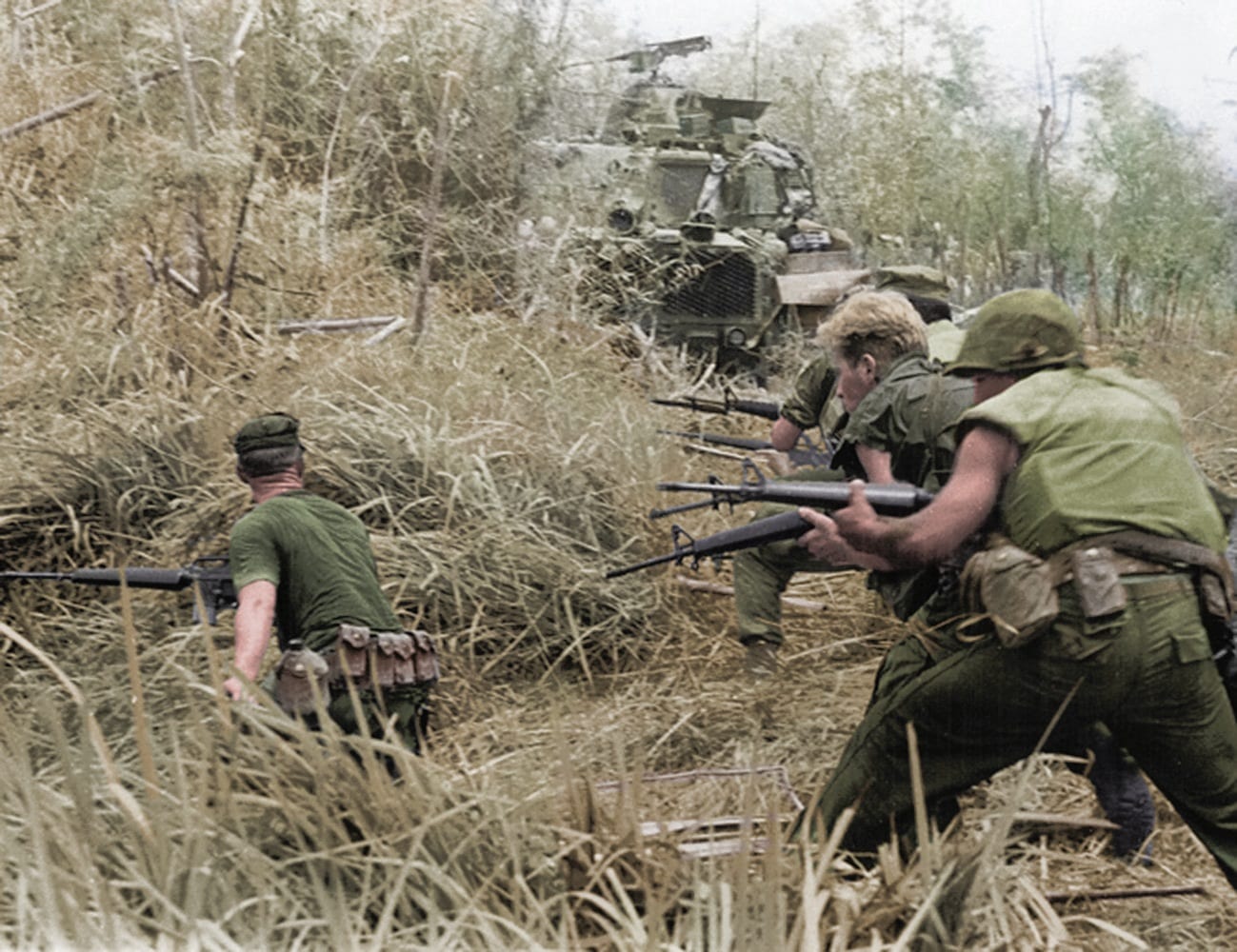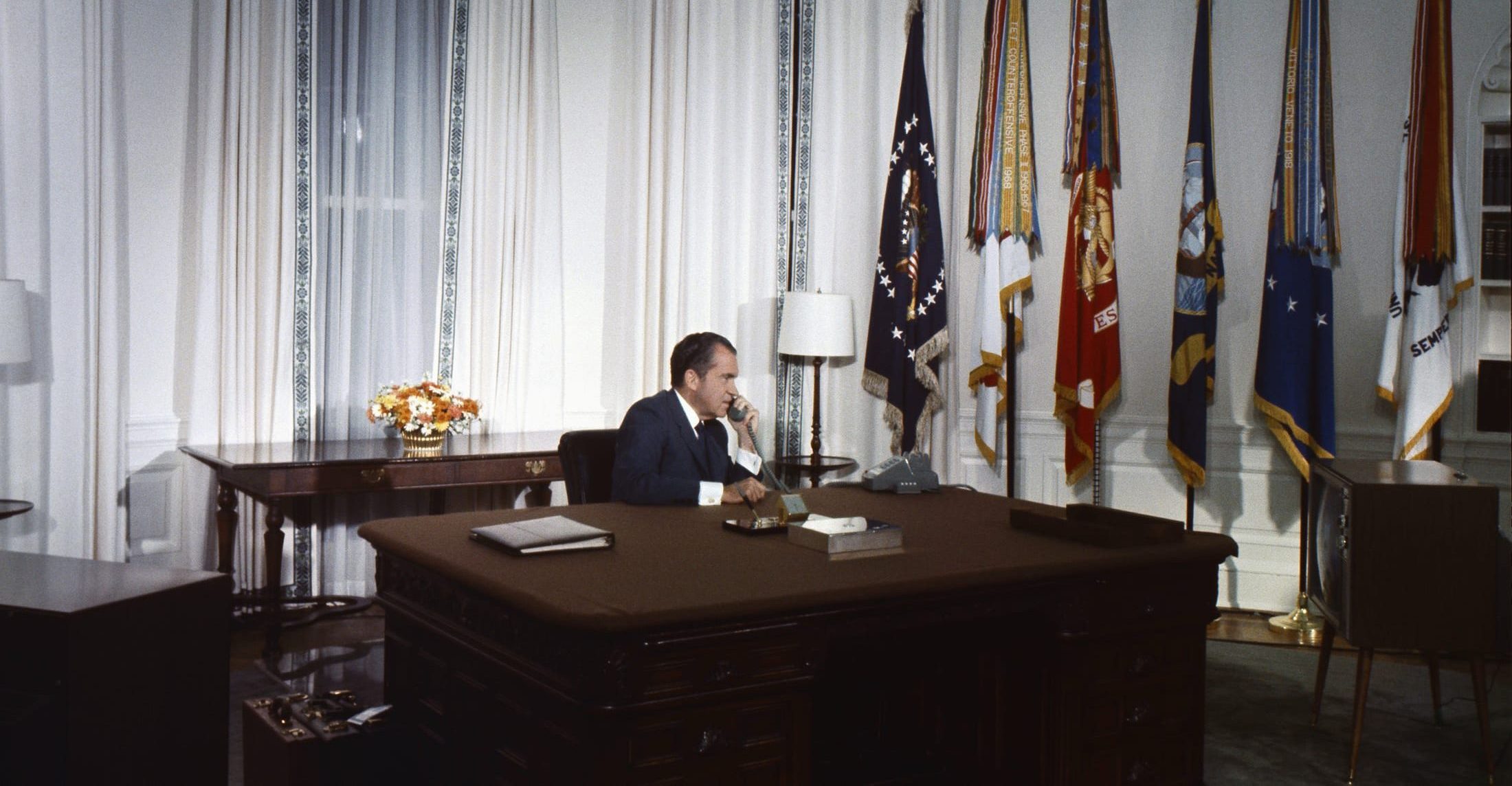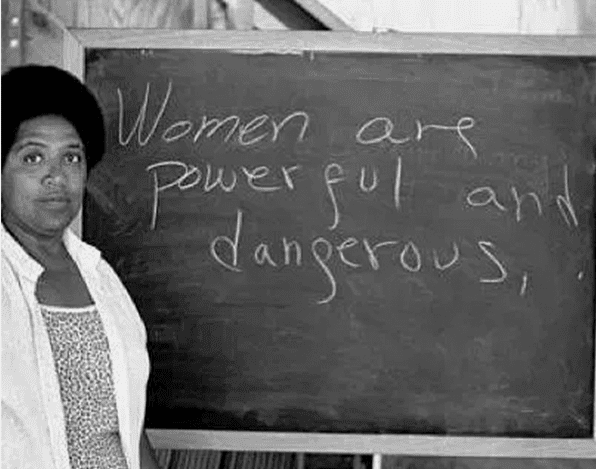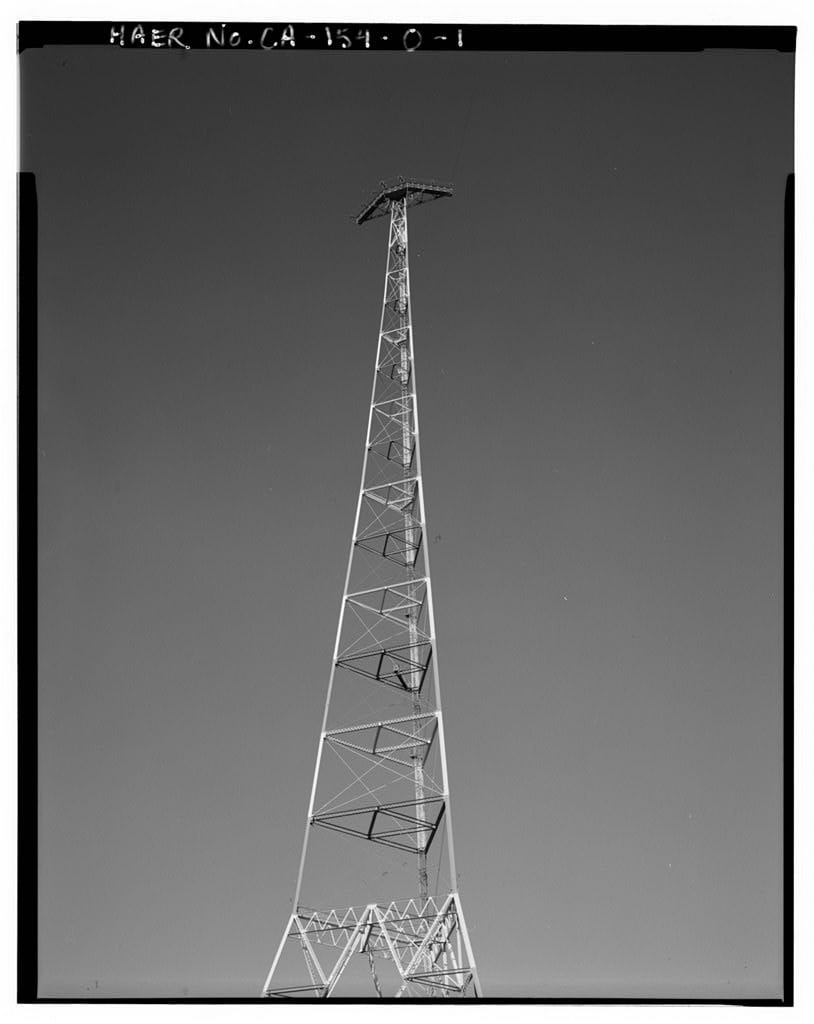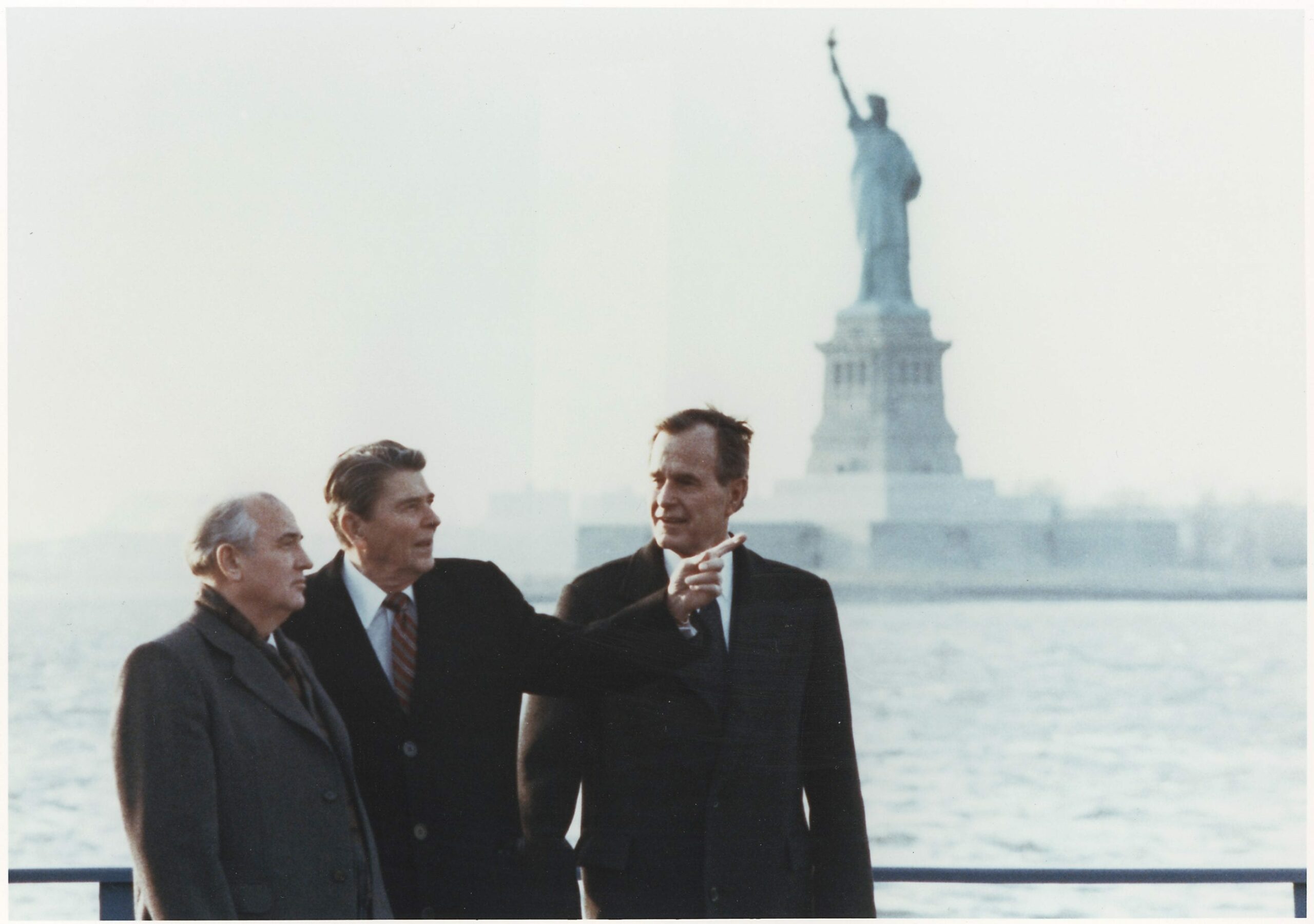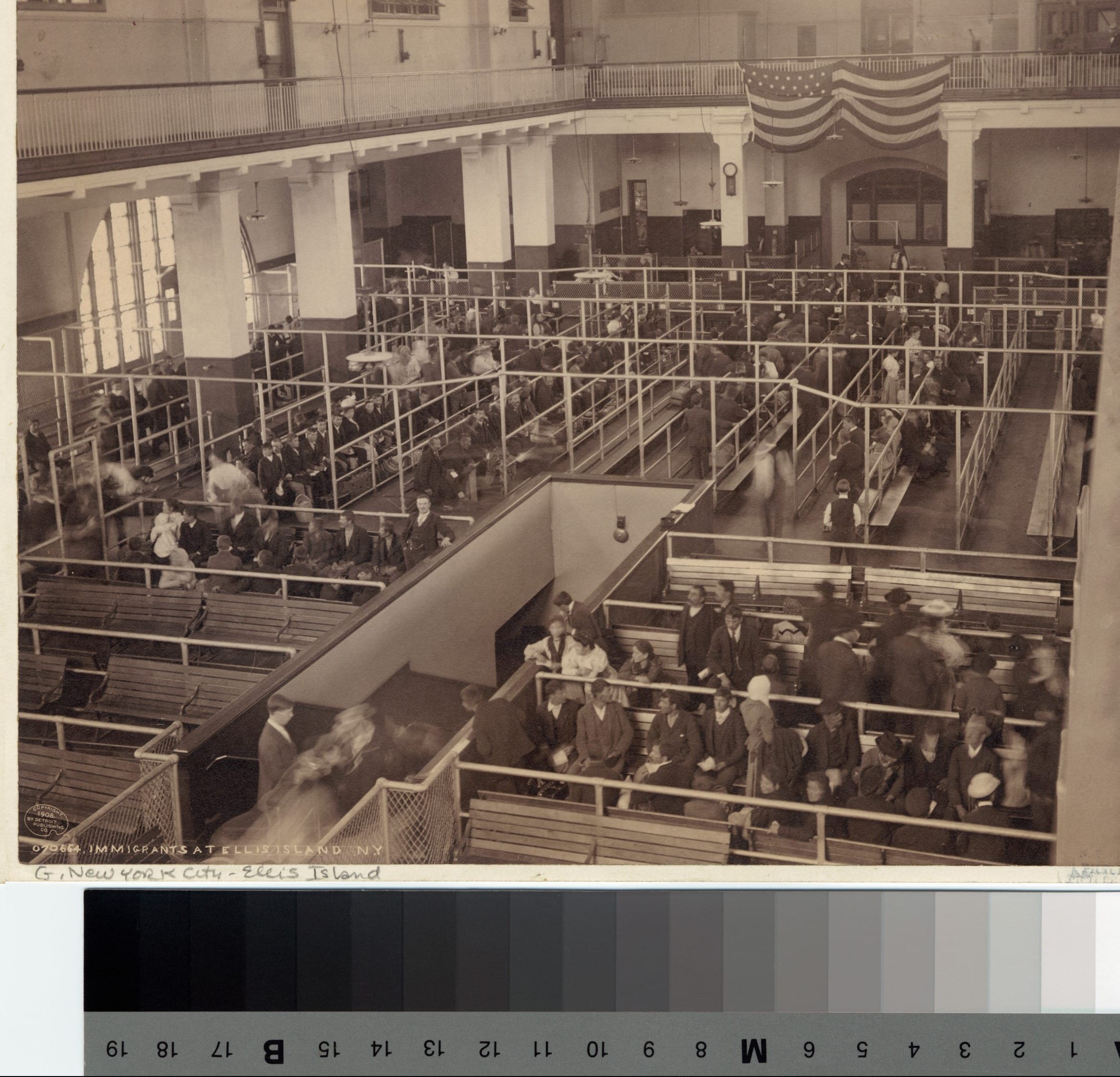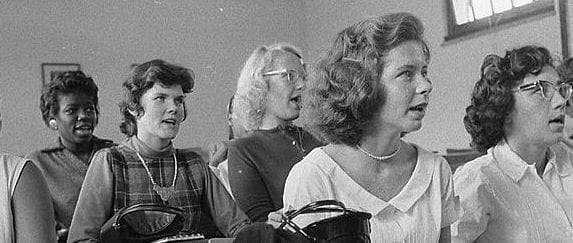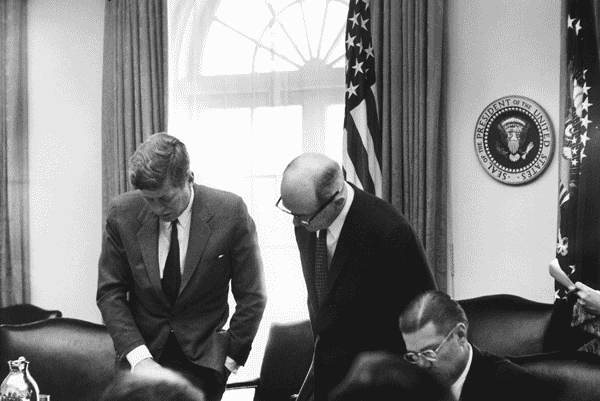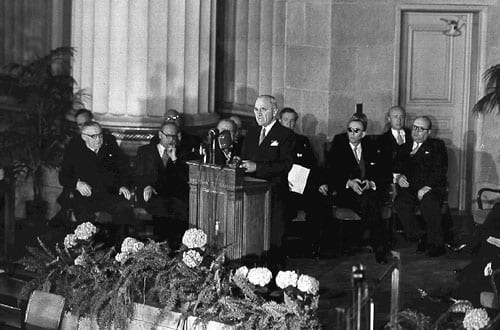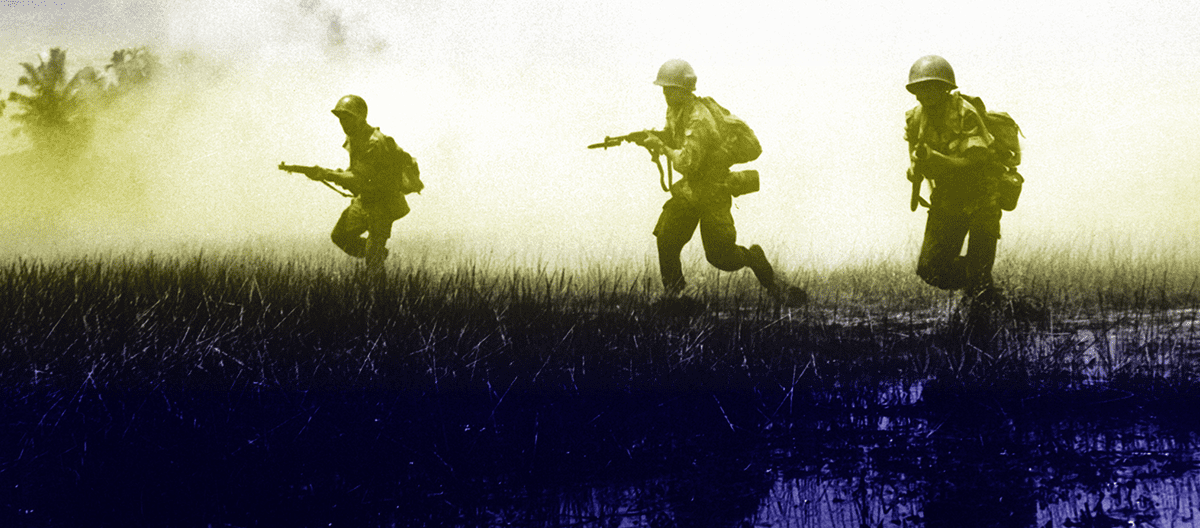Introduction
During 1964, the U.S. military provided concealed support for South Vietnamese commando actions against North Vietnamese military targets. Known as Operations Plan 34A, the raids had two basic purposes: one, to block North Vietnam’s support of the communist insurgency in South Vietnam; and two, to demonstrate the United States’ willingness to use military force on behalf of its ally (See Rusk of McNamara). The raids were not effective. They did provoke a response, however. On August 2, 1964, North Vietnamese gunboats fired on the U.S. destroyer Maddox, which was monitoring North Vietnamese communications in the Gulf of Tonkin, off the coast of North Vietnam. Aware of American support for the commando raids, North Vietnam targeted the Maddox to show its readiness to strike back at U.S. forces. The Maddox defended itself, sinking two North Vietnamese gunboats. Two days later, another U.S. destroyer, the Turner Joy, reported being attacked, but that incident was not confirmed; the Turner Joy’s electronic equipment may have misinterpreted weather disturbances as a torpedo attack.
President Lyndon Johnson ordered retaliatory air attacks against North Vietnamese targets and delivered an address to Congress on August 5, 1964. Johnson described the attack on U.S. warships, but in a significant and intentional omission, he did not say anything about Operation Plan 34A, thus giving the impression that North Vietnam’s strike was unprovoked. Johnson asked Congress for a joint resolution authorizing the president, as commander-in-chief, to use all necessary measures, including military force, to prevent further communist aggression in Southeast Asia. Two days later, on August 7, Congress complied. All members of the House who were present and all but two senators voted to approve the Gulf of Tonkin Resolution (See H.J. RES 1145). The resolution negated the need to declare war in Vietnam and opened the door to send large numbers of U.S. troops to Vietnam.
—David Krugler
Sources: Public Papers of the Presidents of the United States: Lyndon B. Johnson, 1963-64, Book II (Washington, D.C.: U.S. Government Printing Office, 1965), 930-2. Available at https://goo.gl/eLEmv3.
Department of State Bulletin, Vol. 51, no. 1313 (August 24, 1964), 268.
To the Congress of the United States:
Last night I announced to the American people that the North Vietnamese regime had conducted further deliberate attacks against U.S. naval vessels operating in international waters, and that I had therefore directed air action against gun boats and supporting facilities used in these hostile operations.[1] This air action has now been carried out with substantial damage to the boats and facilities. Two U.S. aircraft were lost in the action.
After consultation with the leaders of both parties in the Congress, I further announced a decision to ask the Congress for a Resolution expressing the unity and determination of the United States in supporting freedom and in protecting peace in Southeast Asia.
These latest actions of the North Vietnamese regime have given a new and grave turn to the already serious situation in Southeast Asia. Our commitments in that area are well known to the Congress. They were first made in 1954 by President Eisenhower. They were further defined in the Southeast Asia Collective Defense Treaty approved by the Senate in February 1955.[2]
This treaty with its accompanying protocol obligates the United States and other members to act in accordance with their Constitutional processes to meet Communist aggression against any of the parties or protocol states.
Our policy in southeast Asia has been consistent and unchanged since 1954. I summarized it on June 2 in four simple propositions:
- America keeps her word. Here as elsewhere, we must and shall honor our commitments.
- The issue is the future of Southeast Asia as a whole. A threat to any nation in that region is a threat to all, and a threat to us.
- Our purpose is peace. We have no military, political or territorial ambitions in the area.
- This is not just a jungle war, but a struggle for freedom on every front of human activity. Our military and economic assistance to South Vietnam and Laos in particular has the purpose of helping these countries to repel aggression and strengthen their independence.
The threat to the three nations of southeast Asia has long been clear. The North Vietnamese regime has constantly sought to take over South Vietnam and Laos. This Communist regime has violated the Geneva Accords for Vietnam. It has systematically conducted a campaign of subversion, which includes the direction, training, and supply of personnel and arms for the conduct of guerrilla warfare in South Vietnamese territory. In Laos, the North Vietnamese regime has maintained military forces, used Laotian territory for infiltration into South Vietnam, and most recently carried out combat operations – all in direct violation of the Geneva Agreements of 1962.[3]
In recent months, the actions of the North Vietnamese regime have become steadily more threatening. . . .
As President of the United States I have concluded that I should now ask the Congress, on its part, to join in affirming the national determination that all such attacks will be met, and that the U.S. will continue in its basic policy of assisting the free nations of the area to defend their freedom.
As I have repeatedly made clear, the United States intends no rashness, and seeks no wider war. We must make it clear to all that the United States is united in its determination to bring about the end of Communist subversion and aggression in the area. We seek the full and effective restoration of the international agreements signed in Geneva in 1954, with respect to South Vietnam, and again in Geneva in 1962, with respect to Laos.
I recommend a Resolution expressing the support of the Congress for all necessary action to protect our armed forces and to assist nations covered by the SEATO Treaty. At the same time, I assure the Congress that we shall continue readily to explore any avenues of political solution that will effectively guarantee the removal of Communist subversion and the preservation of the independence of the nations of the area.
The Resolution could . . . state in the simplest terms the resolve and support of the Congress for action to deal appropriately with attacks against our armed forces and to defend freedom and preserve peace in Southeast Asia in accordance with the obligations of the United States under the Southeast Asia Treaty. I urge the Congress to enact such a resolution promptly and thus to give convincing evidence to the aggressive Communist nations, and to the world as a whole, that our policy in Southeast Asia will be carried forward – and that the peace and security of the area will be preserved.
The events of this week would in any event have made the passage of a Congressional Resolution essential. But there is an additional reason for doing so at a time when we are entering on three months of political campaigning. Hostile nations must understand that in such a period the United States will continue to protect its national interests, and that in these matters there is no division among us.
[1] The president here refers to the North Vietnamese attack on the USS Maddox; see the introductory note to the document.
[2] For an explanation of this treaty, see the first footnote for Document 21.
[3] In May 1954, the Vietnamese communists decisively defeated French forces at Dien Bien Phu in northern Vietnam. Under an agreement known as the Geneva Accords, France agreed to begin a phased withdrawal from its colony, which was divided in half at the 17th parallel. The Viet Minh governed Vietnam north of this line; a noncommunist regime had power in the south. See the introduction to Document 21.





